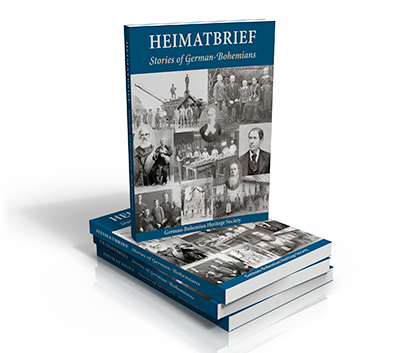In his essay, “The Art of Fiction,” Henry James said that all writing has two parts: the idea and the execution. He wrote, “We must grant the artist his subject, his idea, what the French call his donnée; our criticism is applied only to what he makes of it.” For more than thirty years, documentarian Ken Burns has looked at American history through his lens. Through the 1980s, his vision of the past developed in films such as The Statue of Liberty and Huey Long, culminating in his breakthrough series, The Civil War. That is the idea. The execution has become just as well-known: the voiceover quoting period sources; the wistful, sometimes jaunty, often haunting musical score; and, of course, the pan-and-scan technique now known as “the Ken Burns effect.”
With the release of his iPad app, Burns tries to repackage the donnée, using technology that did not exist when he began filmmaking. Essentially, the iPad app is a collection of clips from past films, but arranged so the body of his work — thirty plus years of film — can interact in new ways. You can view them chronologically, through a timeline, or via a series of playlists each centered in a particular theme, like race or art. This breaks the narrative thread and places you in the realm of the donnée.
I’ve watched every minute of Ken Burns’s work — often multiple times — so I know the stories. What I can do, though, is follow the idea — race, for example — developed through each of his films. The app is enhanced by new video comments by Burns. In his films, you might watch the ideas develop over ten or more hours. I think of the issue of race, for example, as shown in the Baseball series. In the app, he hammers home the ideas in newly-filmed short clips — this is what I was saying. I can watch four hours of Mark Twain and, in the end, grow aware of how funny his writing remains. (Read Finley Peter Dunne to understand how unusual that is.) Here, Burns comes on and says that in a brief summary.
This is a worthy experiment. It would be interesting, in the future, to be able to easily compare other documentarians with Burns — how a single historical event might be viewed through different lights and shadows.





